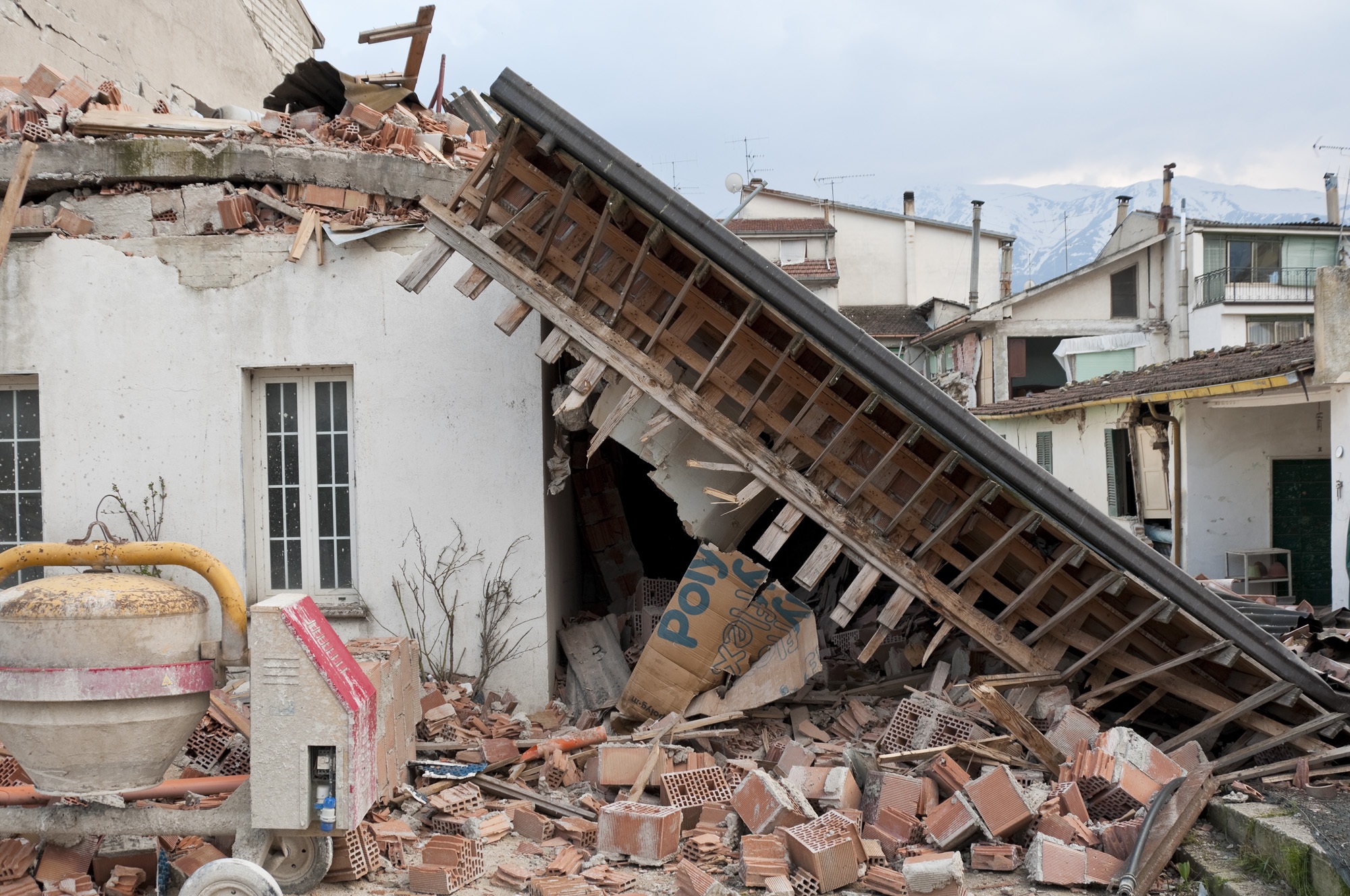Can Machine Learning Be Used to Predict Earthquakes?
September 4, 2018 - 4 minutes read
Artificial intelligence (AI) is profoundly powerful. In the past, we’ve covered stories of how this technology is impacting enterprise applications, MedTech innovation, and the FinTech industry.
But today’s topic is certainly a new one — scientists have developed machine learning to predict aftershock patterns of earthquakes.
Analyzing Aftershocks
“If you think about making forecasts of earthquakes, you want to do three things; you want to predict when they’re going to be, you want to say something about how large they’re going to be and about where they’re going to be,” explains Professor Brendan Meade of Harvard University, one of the study’s co-authors.
The Boston-based researcher elaborates, “What we wanted to do is to tackle the last leg of this problem – that is where aftershocks are going to be.” The importance of understanding aftershocks can’t be understated. Following the “main shock,” aftershocks are smaller, but sometimes by not too much; they can still wreak havoc. Plus, being able to predict their patterns could give us an overall better understanding of earthquake behavior.
The Predictive Power of Neural Networks
To accomplish their objective, the team of researchers trained a neural network to recognize aftershock patterns by feeding it information from a database of over 100,000 earthquakes and aftershocks. Then they let it try to predict patterns in earthquakes it hadn’t encountered yet.
Currently, aftershocks are forecasted from a set of calculations that take data from the main earthquake. But because neural networks are based on the processes of the human brain, they can explore a plethora of possible paths not possible before. Once trained, this neural network could predict which areas along the earthquake fault were likely to experience an aftershock.
Data From the Ground Up
Similar to storm chasing, seismologists scramble to an earthquake location to set up equipment to record the aftermath. California and other earthquake-prone areas often have a permanent seismic detection network set up. “Because there’s a whole bunch of aftershocks, you get waves traveling across the fault in many directions… it’s kind of like a CAT scan of the fault zone,” explains Dr. Elizabeth Cochran, a United States Geological Survey (USGS) seismologist.
She’s traveled to earthquake areas in Mexico, California, and Oklahoma to record aftershock activity. “You get most of your aftershocks in the first hour or day after the main shock, and the rate goes down after that,” explains Cochran. “But aftershock sequences can last for months… We try and get there relatively quickly but that can be between hours and days.”
How AI Stacks Up to Other Seismic Predictors
Dr. Cochran wasn’t involved with the neural network study. So, what does a seasoned seismic pro like her think of it? “To me, that type of machine learning is really exciting because that takes a huge amount of [processing] work off my plate, and I can get into the science of what’s after.”
“It does give you a really nice picture of where around the fault you should expect aftershocks to be,” she explained to BBC News.
While it’s still quite a while away from being implemented or integrated into current seismic detecting initiatives, this neural network, the first of its kind, proves that AI can become invaluable in any information-intensive field. What would you like to see neural networks applied to? Let us know in the comments!
Tags: AI, AI and ML, AI App Developer, AI app developer Boston, AI app developers, AI app development Boston, AI applications, AI developers, AI research, app development Boston, AutoML, Boston AI developer, Boston app developer, boston app developers, earthquakes, ML, ML and AI, ML app development








